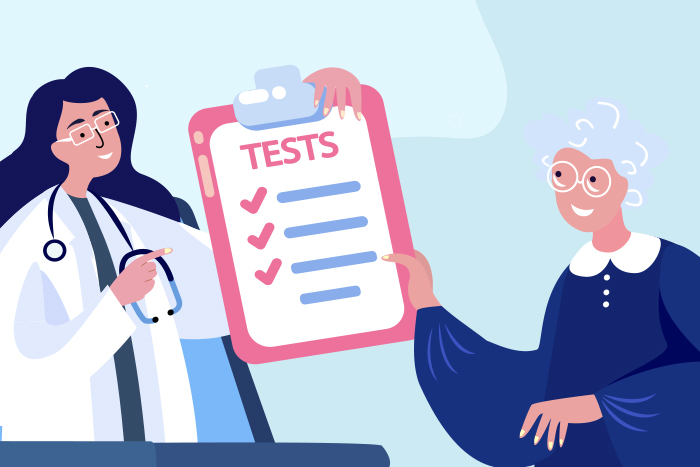If you have a chronic cough, shortness of breath, or wheezing, your doctor might want to check for chronic obstructive pulmonary disease or COPD. COPD is a long-term lung condition that blocks airflow in and out of your lungs, making it hard to breathe. Diagnosing COPD isn’t always done with just one test. Instead, doctors use a mix of tools to understand what’s going on in your lungs. These include breathing tests, imaging scans, and blood work.
Each test helps show a different piece of the puzzle. Some look at how well your lungs work, others check the structure of your lungs, and a few look at how your lungs are moving oxygen into your blood.
Let’s break down each type of test so you know what to expect and why they matter.
Pulmonary Function Tests: Checking How Your Lungs Work
The most common test for COPD is called spirometry. It’s a simple, painless breathing test that shows how much air you can breathe in and out, and how fast. You’ll take a deep breath and blow into a tube connected to a machine. This tells your doctor how well your lungs are working.
Other pulmonary tests include:
Lung Volume Tests: These measure how much air your lungs can hold.
Diffusion Capacity Test: This checks how well oxygen passes from your lungs into your blood.
These tests help figure out if your airways are narrowed, which is a key sign of COPD.
Imaging Tests: Taking a Look Inside
Sometimes, doctors need a picture of your lungs to see if there’s damage. The two main imaging tests used for COPD are:
Chest X-ray: This can show signs of COPD, like enlarged lungs or a flattened diaphragm. The diaphragm is a large, flat muscle under your lungs that helps you breathe.
CT Scan (Computed Tomography): This gives a more detailed view than an X-ray and can help find signs of emphysema. Emphysema damages the air sacs in your lungs.
Imaging tests help confirm a diagnosis and may also rule out other conditions, like lung cancer or heart problems.
Lab Tests: Measuring Oxygen and Other Levels
Your doctor may also order lab tests to learn how well your lungs are moving oxygen into your blood and removing carbon dioxide. These tests include:
Arterial Blood Gas Test: A small sample of blood is taken from your wrist. This test measures how much oxygen and carbon dioxide are in your blood. Low oxygen or high carbon dioxide levels can signal that your lungs aren’t working properly and may mean you need extra oxygen or other treatments.
Pulse Oximetry: A painless clip goes on your finger to measure the oxygen level in your blood. Normal levels are usually between 95% and 100%. If your levels are lower than this, your doctor may recommend oxygen therapy or other changes to your treatment.
Blood Tests: These may be used to check for alpha-1 antitrypsin deficiency, a rare genetic condition that can cause COPD even in people who don’t smoke. If this deficiency is found, it may help explain why you developed COPD and may lead to different treatment options or testing for family members.
These tests help your doctor understand how advanced the COPD is and whether oxygen therapy or other treatments are needed.
Why You Might Need More Than One Test
Each test gives your doctor a different view of your lung health. One test alone might not tell the full story. For example, you might have normal results on an X-ray but still have breathing problems that show up on a spirometry test.
By using a combination of tests, your doctor can:
Confirm whether you have COPD
See how severe it is
Make sure it’s not something else
Create a treatment plan that works for you
What to Expect During COPD Testing
Most COPD tests are simple and don’t take long. Spirometry usually takes less than 15 minutes. Imaging tests like a chest X-ray or CT scan may take a little longer, but don’t involve any pain. Blood tests might feel like a quick pinch, but are generally easy.
If you’re nervous, let your doctor know. They can explain each step and help you feel more comfortable.
Taking the Next Step With Confidence
Getting tested for COPD might feel a little overwhelming at first, but each test plays an important role in helping you breathe easier and live better. The more your doctor knows about your lungs, the more they can do to help you manage the condition.
Don’t hesitate to ask questions. The more you understand about your tests, the more confident you’ll feel about your care.
Sources:
Mayo Clinic: COPD
National Heart, Lung, and Blood Institute: COPD Diagnosis

